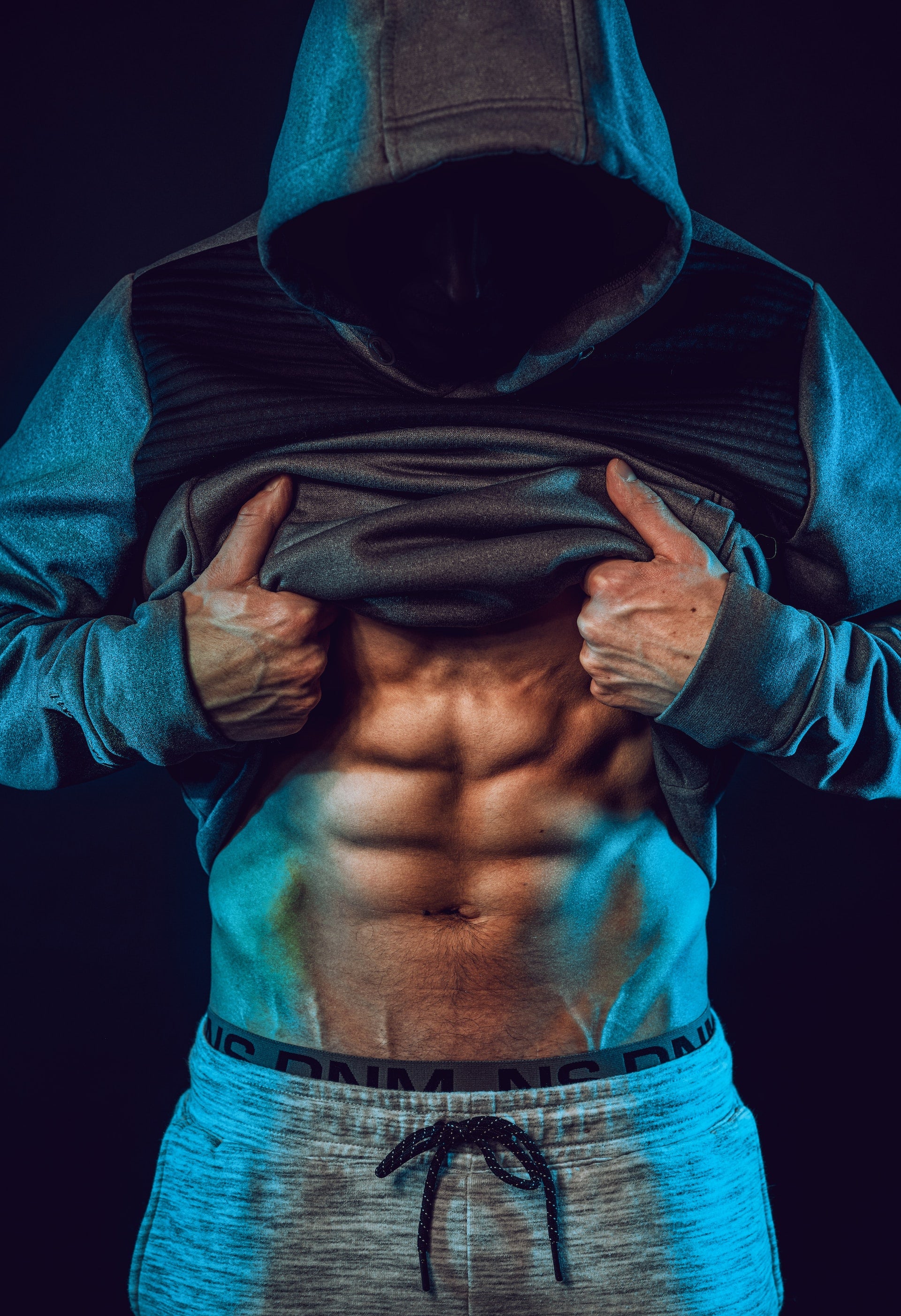After a good workout, nothing feels better than immersing your body in an ice bath to soothe the pain.
This toe-numbing experience is a technique used by many athletes, but research on the effectiveness of ice baths is mixed. Is it worth the shiver?
Why do my muscles always hurt after training?
When you exercise intensively, microtrauma and tears occur in muscle fibers. This damage will stimulate muscle cell activity and help your muscles repair, strengthen, and adapt to the stress of training.
This also explains the delay in the onset of pain and soreness, which usually occurs 12 to 72 hours after exercise.
Too much pain can hinder your progress, require a longer recovery, and prevent you from training intensely on a regular basis.
How do ice baths work?
The cold temperature can lower your metabolism, leading to less breathing and sweating. The cold temperature will also reduce swelling and tissue breakdown, and keep lactic acid away from your muscles.
When you come out of an ice bath, your muscle tissues and your entire body will begin to warm up, causing your blood circulation to increase and your muscles to relax.
Cold showers can also be beneficial, but immersion is more beneficial because the entire body is submerged and benefits from this compression and cold effect more evenly.
With a shower, you only spray specific parts of your body. However, if you don't have access to an ice bath, a cold shower may suffice and is a good alternative, providing many of the same benefits, although less than an ice bath.
To get your cold bath, you can order it here:
Is it good for your health?
Done correctly, ice baths for recovery can be worth a try. Some positive benefits have been reported in using ice baths after endurance activities.
However, ice baths can reduce your gains in strength and muscle development. A 2015 study in the Journal of Physiology showed decreased long-term gains in muscle mass and strength, which is consistent with the results of a 2014 study in the Journal of Strength & Conditioning Research, which showed decreases in strength with immersion in cold at too high a frequency.
Can ice baths make you sick?
Taking ice baths can pose risks:
Ice baths can cause hypothermia, injury and pain if bathing is prolonged in water that is too cold.
Ice baths can also cause complications in people with cardiovascular disease, diabetes and neuropathies.
How long should you take an ice bath?
Immersion can last 10 to 20 minutes in water with a temperature between 10 and 15 degrees.
How often should you take an ice bath?
You can take ice baths daily or several times a week. There is no recommended limit. In general, if your goal is to build muscle strength or size, it's best to take an ice bath 24 to 48 hours after your workout. This gives time for the inflammatory process, necessary for muscle mass gain.
As always, it is extremely important to use ice baths with caution. It's best to take cold baths with at least one other person, in a controlled, safe environment, where you can warm your body safely. Having another person present is important in the event of an unexpected reaction requiring help.
What are some other recovery techniques besides ice baths?
Low-intensity activity, often called a "cooldown" Using a foam roller, which involves rolling on a foam cylinder for a deep tissue massage.
Also, stretching, massages, hot water baths, promoting muscle relaxation and blood circulation, can reduce muscle pain.
Will ice baths help you lose weight?
They can do it. When you are exposed to cold temperatures, your body burns a lot of calories to warm itself up to a temperature of around 37°.
When you take an ice bath, you activate and even burn more brown fat in your body, one of two types of fat present in every person. The other type of fat in your body is white fat cells, which are much more common than brown fat.
Brown fat's main function is to produce heat, and it helps your body regulate blood sugar and insulin levels. Immersing yourself in ice baths has been shown to be a good technique, capable of converting white fat into brown body fat, which can help you lose weight.


You don't dare to bathe in cold water, here are the reasons
The benefits of ice baths for athletes: 3 reasons to adopt them